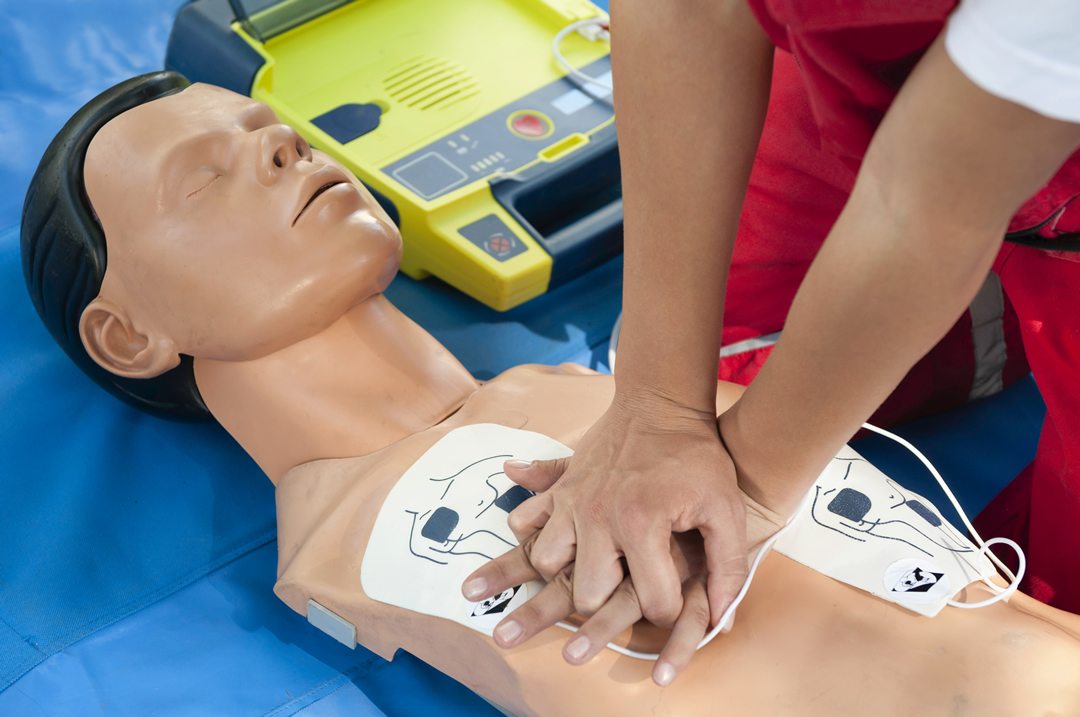In today's fast-paced world, medical emergencies can happen at any moment, and having access to life-saving devices like AED defibrillators can make all the difference.
These portable devices are designed to deliver a shock to the heart in cases of sudden cardiac arrest, effectively restoring normal heart rhythm and giving the victim a fighting chance. Let's dive into how an AED defib are true heroes in emergency situations.
1. Rapid Response in Cardiac Emergencies
When someone experiences sudden cardiac arrest, every second counts. AED defibrillators are equipped to analyse the heart's rhythm and deliver a shock if necessary, all within moments of application.
This rapid response can mean the difference between life and death, as it effectively restarts the heart's electrical activity, giving the individual a chance for survival.
2. User-Friendly Design for Quick Deployment
One of the remarkable aspects of an AED defib is their user-friendly design, making them accessible to both medical professionals and laypersons alike. With simple instructions and voice prompts guiding the user through each step, even individuals with minimal training can confidently operate these devices in emergency situations.
This ease of use ensures that help can be administered promptly, regardless of the responder's medical expertise.
3. Availability in Public Spaces
AED defibrillators are increasingly becoming commonplace in public spaces such as airports, schools, shopping malls, and sports facilities. This widespread availability is crucial, as sudden cardiac arrest can occur anywhere, at any time.
By having AED defibs readily accessible in these locations, bystanders can intervene quickly and effectively, potentially saving lives before professional medical help arrives.

4. Improved Survival Rates
Studies have shown that the presence of AED defibrillators in public places significantly improves survival rates for individuals experiencing sudden cardiac arrest. In fact, the chances of survival decrease by 7-10% with every minute that passes without defibrillation.
By providing timely intervention, AED defibs help bridge the gap between the onset of cardiac arrest and the arrival of emergency medical services, increasing the likelihood of a positive outcome.
5. Enhanced Training and Awareness
As AED defibrillators become more prevalent in communities, there is a growing emphasis on training individuals in their use and raising awareness about sudden cardiac arrest.
Schools, workplaces, and community organisations often offer CPR and AED defib training courses, empowering individuals to take action during emergencies. This proactive approach to education not only equips people with life-saving skills but also fosters a culture of preparedness within society.
6. Portability for On-the-Go Intervention
In addition to being stationed in public spaces, AED defibrillators are also available in portable versions, allowing for on-the-go intervention in various settings.
Whether it's at a sporting event, on a hiking trail, or in a remote location, portable AED defibs can be easily transported and deployed whenever and wherever they are needed most. This versatility ensures that no matter where a cardiac emergency occurs, help is never too far away.
Conclusion
AED defibrillators are invaluable tools in the fight against sudden cardiac arrest. Their rapid response capabilities, user-friendly design, widespread availability, and portability make them instrumental in saving lives.
By investing in an AED defib, communities can significantly improve survival rates and create safer environments for all. So, let's continue to spread awareness, provide training, and advocate for the placement of AED defibs in our communities – because every heartbeat matters.











